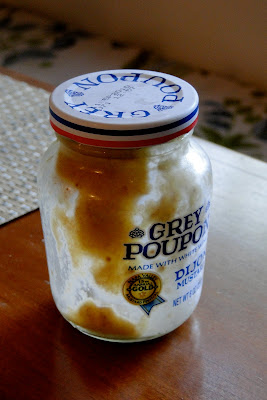Yesterday I talked about adrenal fatigue: what it is, what the symptoms are, and why it happens. Today, let’s look at some of the solutions.

The best way to approach this is to look at the stressors in our lives. Stress can include having a demanding job that soaks up too much of our time; feeling financially burdened because we have a family to support; emotional stress from our family life or personal issues; stress on our bodies due to poor diet or lack of adequate sleep; physical stress from training for races or other activities; and more. We all experience some level of stress. The difference is in how we approach this stress. I believe some level of stress is actually good – it helps motivation levels and keeps someone going. However, when we overreact to stress our body takes a toll, and we can start to show signs of adrenal fatigue.
Some stress is beyond our control, so let’s focus on the thing we can control: our diet. Diet is a great way to balance your adrenals and get your body in the best shape it can be to deal with the other stressors in life.

Since cortisol helps us to regulate our blood sugar, keeping blood sugar in balance will in turn keep cortisol levels more balanced. I’ve talked before about blood sugar and insulin resistance. Eating more protein at breakfast is the first step in balancing blood sugar. For someone whose blood sugar is out of whack, a fruit and yogurt parfait will just not cut it in the morning. Instead, they should be eating things like eggs, vegetables, nuts, and even a little meat or fish. In addition, mid-morning and mid-afternoon snacks are important. If someone with adrenal fatigue gets too hungry, more stress is put on the adrenals and they’ll experience increased symptoms. Snacks should be composed of whole foods and should include a fruit or vegetable as well as some protein and a little healthy fat. Examples: apples with almond butter; veggies with hummus; whole grain crackers topped with pesto; or berries and nuts with plain yogurt.

Since eating will give your cortisol levels a boost, it’s best to eat your biggest meal in the morning and a smaller meal in the evening. This will not only get you going in the morning, but will prevent unwanted energy bursts late at night that keep you from falling asleep when you get into bed. I often tell people not to be afraid to make breakfast their biggest meal of the day. It really sets the tone for your day and can be a powerful tool in weight loss, balancing hormones, increasing energy levels, and more.
Finally, someone who is experiencing some level of adrenal fatigue will find it very helpful to eliminate or reduce nutritional stressors such as caffeine, alcohol, refined or processed sugars and fats, and other processed foods. People with adrenal fatigue often have food sensitivities, especially to dairy or gluten, so eliminating these for a few weeks to see if there is a difference is often recommended. I know these things are difficult, so taking it slowly is a good idea. Focusing on whole foods, especially fresh fruits, vegetables, and lean protein, can really make a difference for people!
I know this is just a brief overview, but hopefully it gives you some idea of the direction you need to take and (more importantly) why you need to make the changes. I think it’s empowering to understand what is going on inside your body and make a conscious decision to make changes, rather than just follow a doctor’s or nutritionist’s orders without really understanding the “why”. The more people can educate themselves, the easier it will be for them to make decisions that are supportive of health and balance. I have seen the above nutritional recommendations make amazing changes for individuals, so I know that they work!
Have a great weekend!














